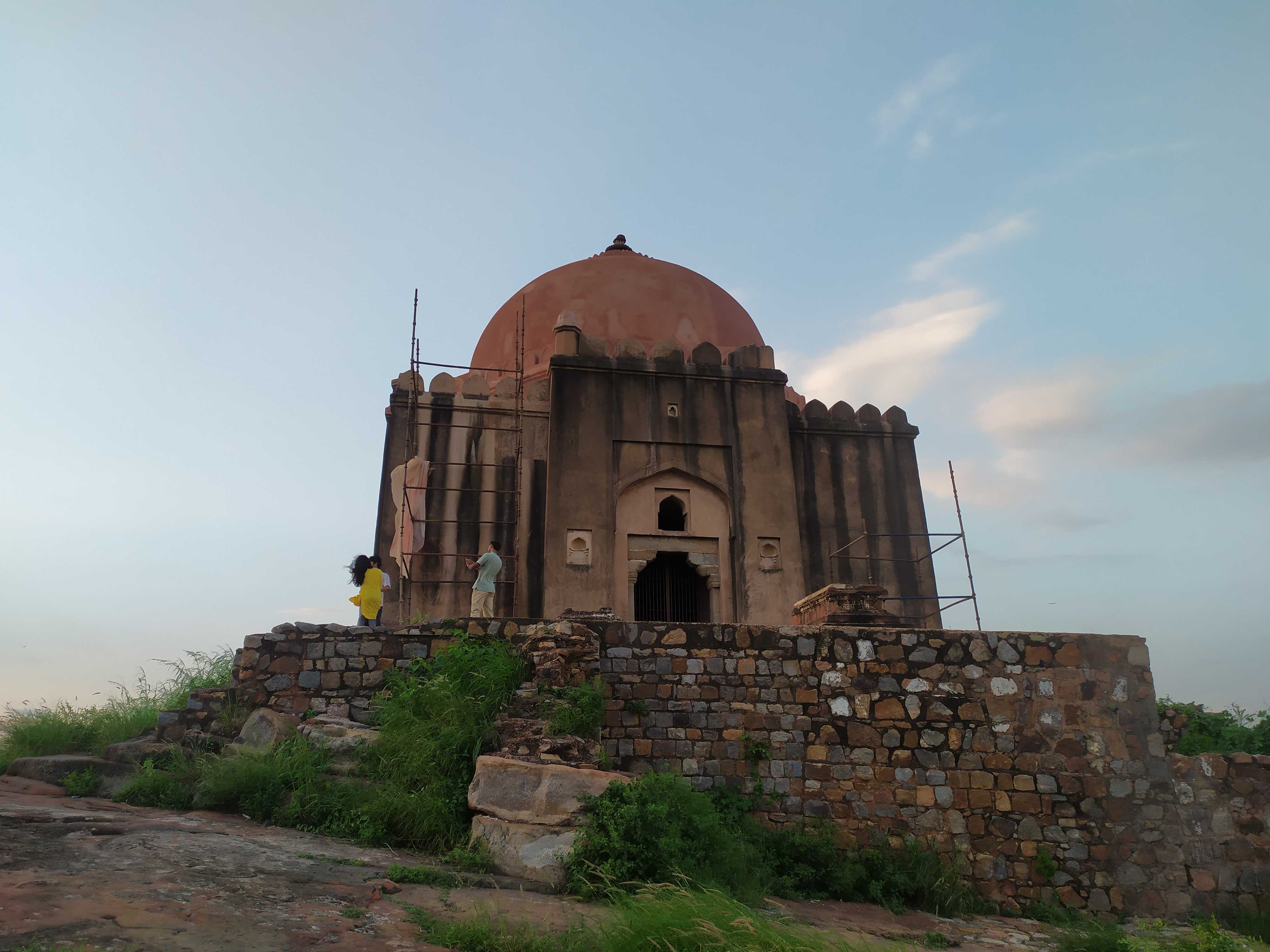
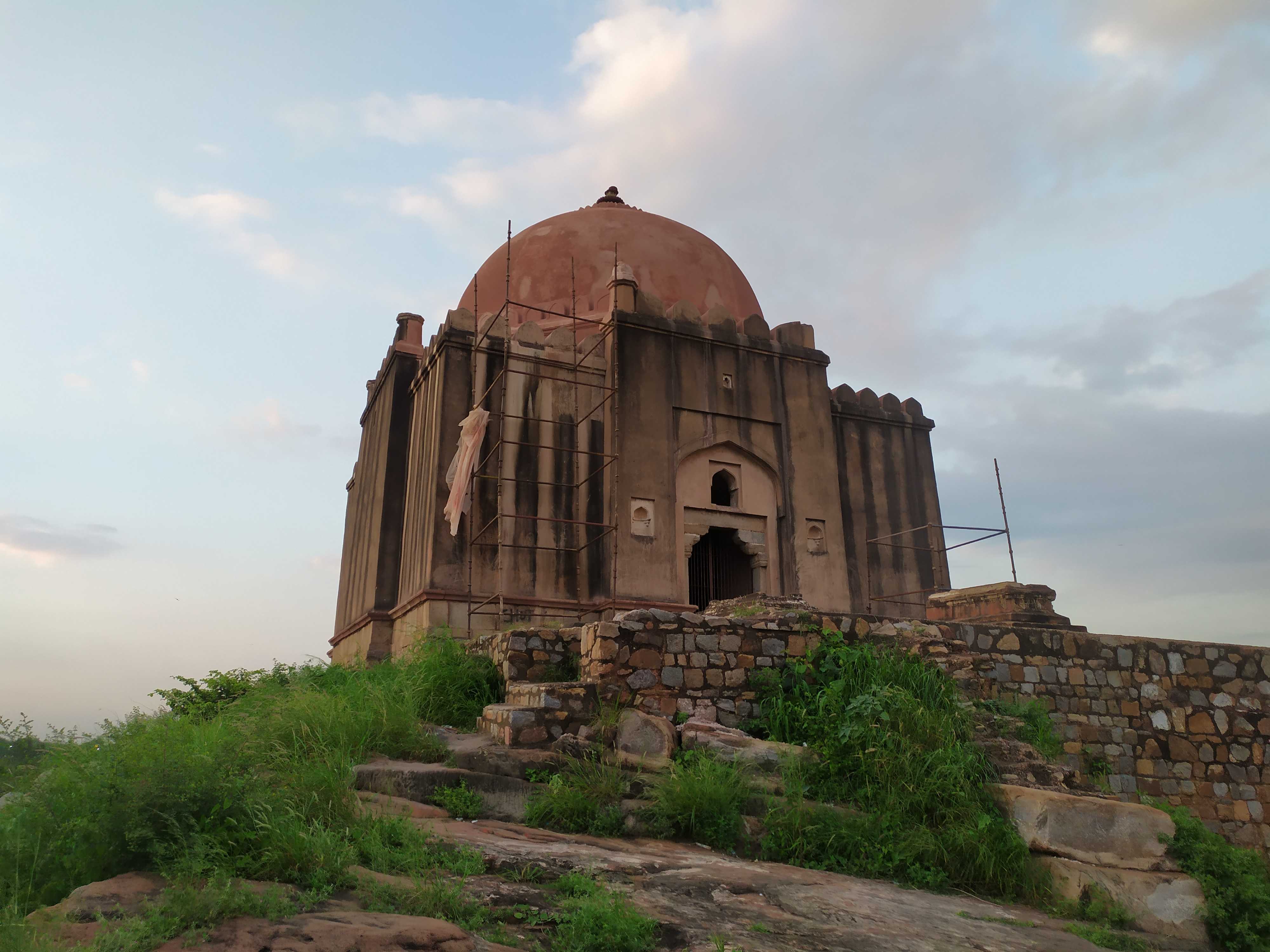
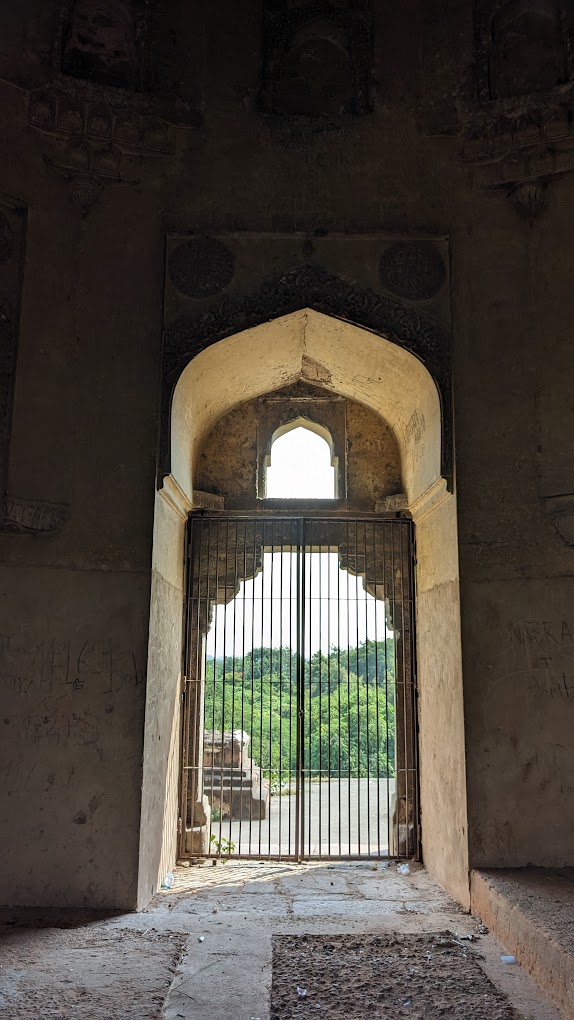
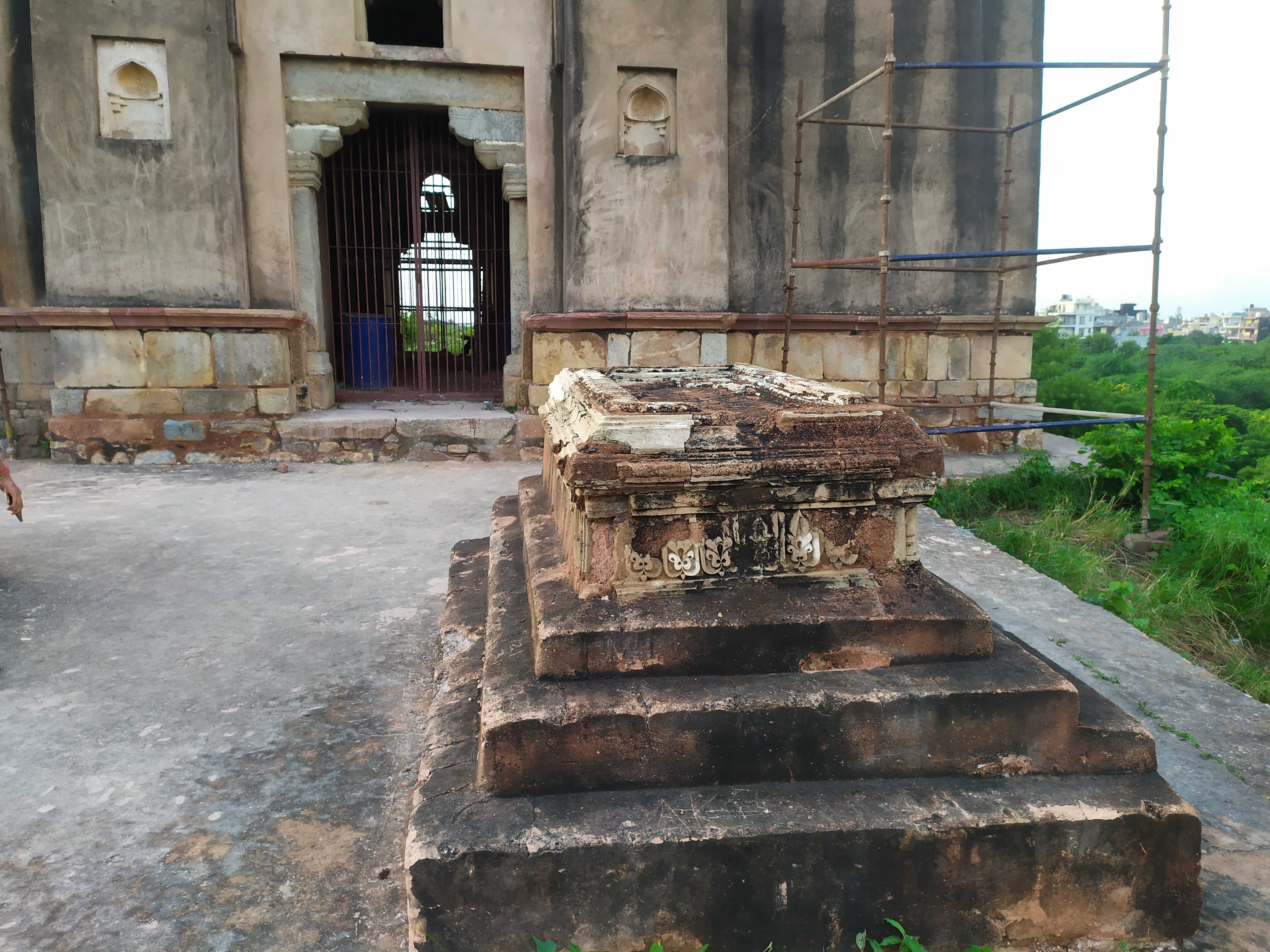
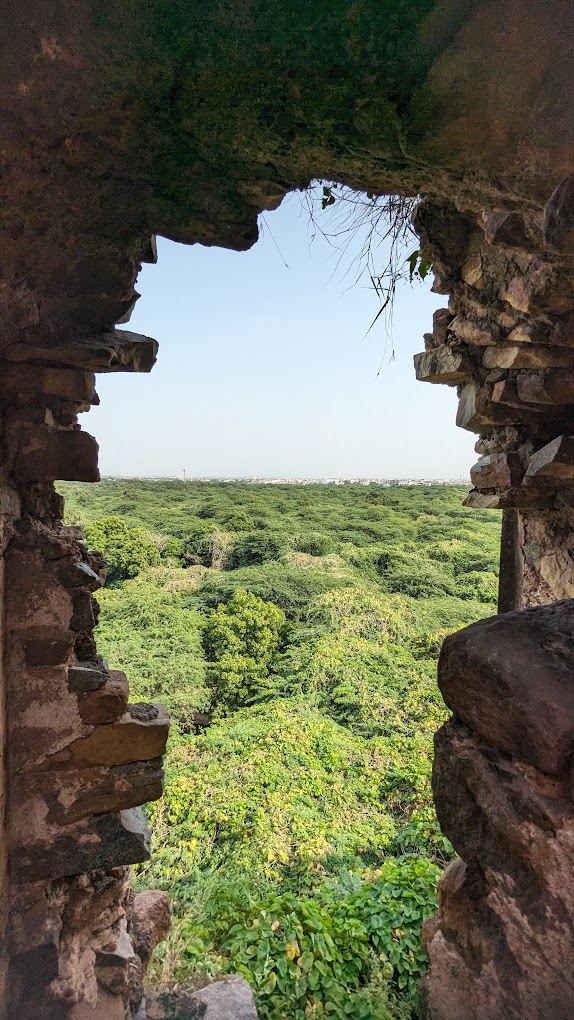
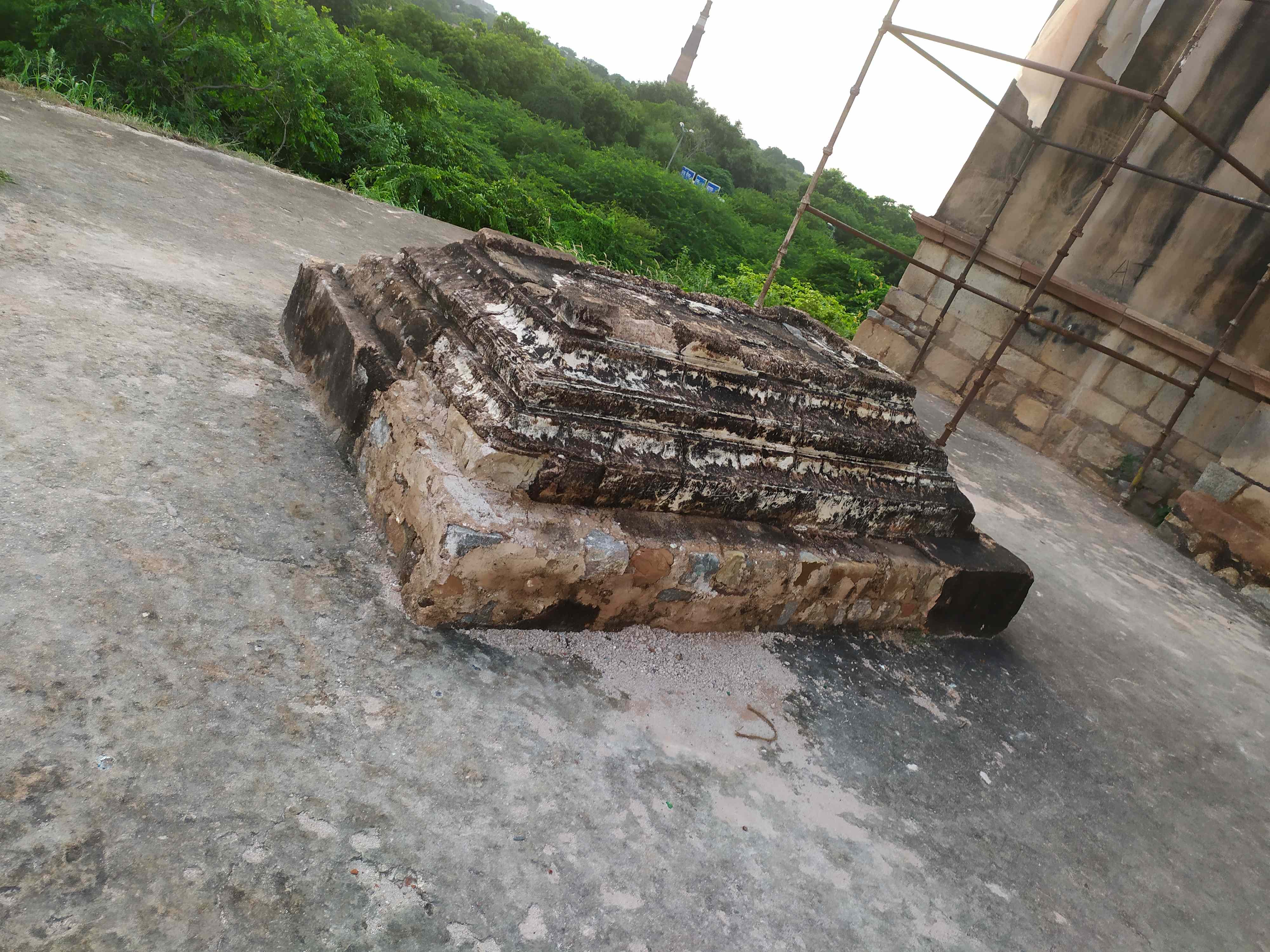
Perched atop a rocky hill, the tomb of Azeem Khan stands as a testament to the fascinating blend of Mughal grandeur and personal spirituality. This 17th-century monument, now a recognized Indian Monument of National Importance, tells a tale of transformation – from military might to mystical devotion. Azeem Khan, once a formidable general in Emperor Akbar's army, earned the title "Akbar" (meaning "magnificent") from the emperor himself. But the clash of swords gave way to the whispers of devotion when Azeem Khan encountered the teachings of Hazrat Nizamuddin. Drawn to a path of broad-minded religiosity and forbearance, the warrior laid down his arms and picked up the mantle of a spiritual mendicant. As word of Azeem Khan's penances spread, seekers flocked to him for guidance and solutions. Yearning for solitude, the former general made a bold decision in the early 17th century. He chose to construct a residence-cum-tomb for himself atop a barren hill, surrounded by jagged rocks – a fortress of contemplation. The tomb itself is a quintessential example of Mughal architecture. Its square base, crowned by a majestic dome, speaks to the aesthetic preferences of the era. Intricate carvings dance across the plastered surface, hinting at the refined artistic sensibilities of its time. One can almost imagine Azeem Khan overseeing the construction, ensuring his final resting place would reflect both his military past and spiritual present. Interestingly, the tomb's history didn't end with Azeem Khan's passing. During British rule, it took on a new, albeit less solemn, role as a recreational spot for colonial soldiers. This repurposing highlights the shifting tides of power and the adaptability of historic spaces. Just south of the main monument lies an ornamental stone gateway, rumored to be the handiwork of Sir Charles Theophilus Metcalfe – a British statesman who served as Governor-General of India. This addition further layers the site's historical significance, bridging Mughal and British influences. In 2010, the tomb received renewed attention during the Commonwealth Games. A modern staircase was added, making the hilltop marvel more accessible to visitors. This blend of 17th-century architecture and 21st-century amenities creates a unique experience for history enthusiasts and spiritual seekers alike. Today, Azeem Khan's tomb stands as more than just a monument. It's a physical metaphor for the general's own journey – rising above the tumult of the world, seeking higher ground, both literally and figuratively. As visitors climb the stairs and take in the panoramic views, they're not just observing history – they're participating in the continued story of a man who traded conquest for contemplation, leaving behind a legacy etched in stone.